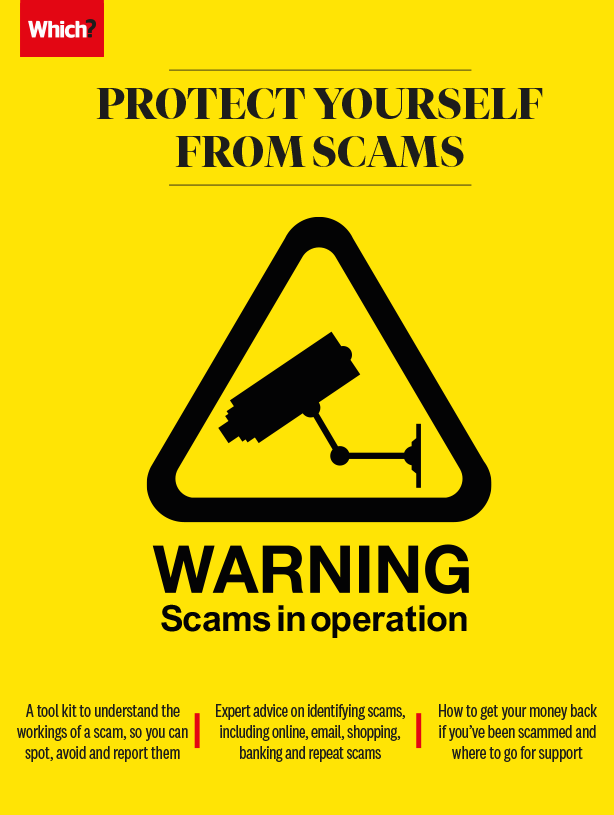User guide
Finding your way around the guide
To navigate between pages, click or tap the arrows to go forwards to the next page or backwards to the previous one. The arrows can be found either side of the page and at the bottom, too (circled in green, below).


Menu/table of contents
Click or tap on the three horizontal lines in the top-right of your screen to open the main menu/table of contents. This icon is always visible whether you're using a computer, tablet or smartphone. The menu will open on top of the page you’re on. Click on any section title to visit that section. Click the cross at any time to close the table of contents.
Text size
On a computer, you'll see three different sized letter 'A's in the top-right of your screen. On a smartphone or tablet these are visible when you open the menu (see above). If you’re having trouble reading the guide, click or tap on each of the different 'A's to change the size of the text to suit you.
Pictures
On some images you'll see a blue double-ended arrow icon. Clicking or tapping on this will expand the picture so you can see more detail. Click or tap on the blue cross to close the expanded image.
Where we think a group of images will be most useful to you, we've grouped them together in an image gallery. Simply use the blue left and right arrows to scroll through the carousel of pictures.
Links
If you see a word or phrase that's bold and dark blue, you can click or tap on it to find out more. The relevant website will open in a new tab.
Jargon
If you see a word or phrase underlined, click or tap on the word and small window will pop up with a short explanation. Close this pop-up by clicking or tapping the cross in the corner.
Help
On a computer, you'll see a question mark icon in the top-right of your screen. On a smartphone or tablet this is visible when you open the menu (see above).
Clicking or tapping on the question mark will open this user guide. It opens on top of the page you're on and you can close it any time by clicking or tapping the cross in the top-right corner.

Introduction
Scams have existed as long as there have been unscrupulous people willing to take advantage of others to make a quick buck. In recent years, we've seen an explosion of ways in which scammers attempt to exploit us. While criminals were once limited to approaching their targets by phone call, post or in person, the digital revolution has opened up new avenues for their tactics. The uncertainty surrounding events like the coronavirus outbreak and Brexit has also resulted in a spike in scams (see How scammers take advantage of uncertain times), which is why we're sending you this supplement now.
We want to share the work we've been doing to help people to identify, avoid and report scams with Which? members. With that in mind, we’ve packed this digital supplement with the tools you need to take control, regardless of the type of scam or the platform a fraudster uses, including a handy checklist of the nine ways to spot and avoid a scam (see Understanding and avoiding scams). We also let you know how Which? and other organisations can help if you spot a scam, or think you've been scammed.
Email, messaging apps and social media are fantastic for helping us to stay connected, but they also enable scammers to send messages to our phones or computers at great speed and volume (see Email and social media scams).
This doesn’t spell the end of ‘old-school’ tactics, such as sending dodgy letters or showing up at your doorstep (see Door-to-door scams) and cold calling (see Phone-based scams), but the way scammers use these approaches may be subtly different. A scam phone call, for example, may follow on from a phishing PhishingFraudsters attempting to obtain passwords or other personal data via email, often by posing as a legitimate organisation. email, in which they’ve already attempted to get enough information about you to target you more personally during the phone call (see Understanding and avoiding scams).
Only a fraction of attempted (or even successful) scams are reported. Which? research, carried out in 2022, found that only a quarter of scam victims had reported the scam to Action Fraud (the fraud and cybercrime reporting centre) or Police Scotland.
The sheer volume of scams, the pace at which they evolve and the challenge of tracking down criminals who may be hiding behind false identities or in different countries, makes it difficult for authorities to stay on top of the situation.
Unfortunately, the system for reporting scams is often confusing, leaving victims unsure about who they should tell. However, this does not mean you shouldn’t report scams; the more information the authorities have, the greater the chance of them tracking down the perpetrators. We explain how to go about reporting each type of scam (see Reporting scams), so you can help to prevent similar scams in the future.
We at Which? are doing our bit, too. Our Scam Alerts service can give you the heads-up on new scams before you even encounter them, so you can be a step ahead (sign up here). Our Stamp Out Scams campaign is pushing banks to refund victims of financial scams and to do more to prevent them happening in the first place. (You can find out more about the campaign on our site.) Through our regular Scamwatch column, we answer Which? members’ concerns about scams from fraudsters trying to clone online accounts, promoting fraudulent Bitcoin BitcoinThe most famous type of cryptocurrency. investment schemes, and selling products from shoes to homes through fake websites.
We can’t cover every potential scam in a single guide, but we’ve highlighted key ones to look out for. These include romance (see How to spot romance and holiday scams), shopping (see Online marketplace scams) and pension and investment scams (see Pension and investment scams). Then in the section How to get your money back, we explain your consumer rights if you fall victim to one of these scams, and how to get your money back.
Our dedicated scam alerts page on our website is updated whenever we hear about a new scam. We'll tell you what to look out for and what to do if you get caught out. Check out the latest scam alerts from Which?.


